We met up at the Castleblayney Enterprise Centre at 9:30 am on Saturday and Sunday mornings 17/18 Sep 2022. The morning classroom session covered essentially the same material as that for the North Monaghan sessions in Emyvale back on 3/4 Sep.
Ken began with
- Glacial history
- Geology and Topography
- The sources of water and the water cycle
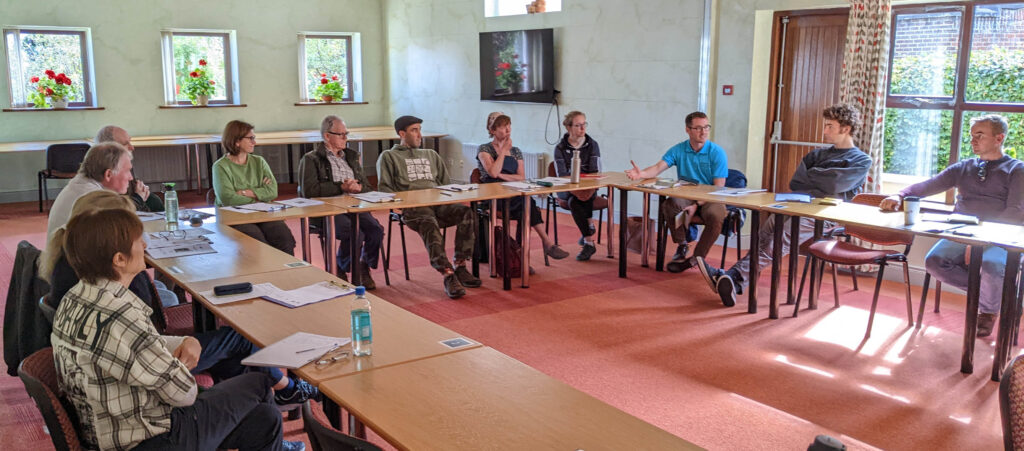
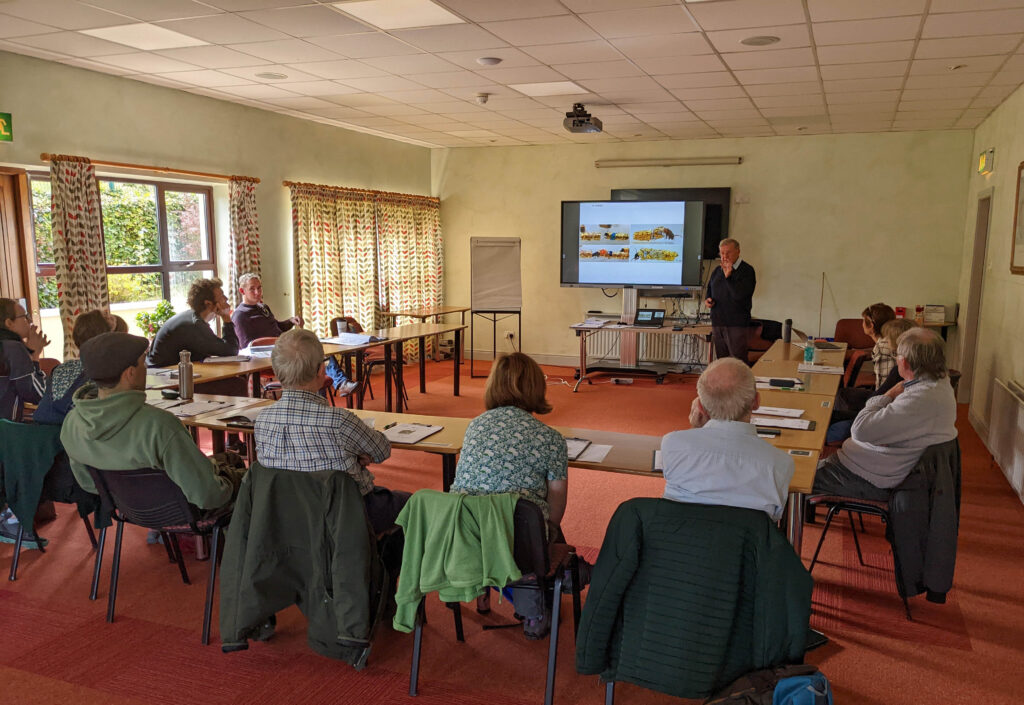
Martin then told the group about food chains in ecology and described the use of macroinvertebrates for assessing water quality and introduced the Citizen Science Stream Index (CSSI) in advance of demonstrating its use in the afternoon field session.
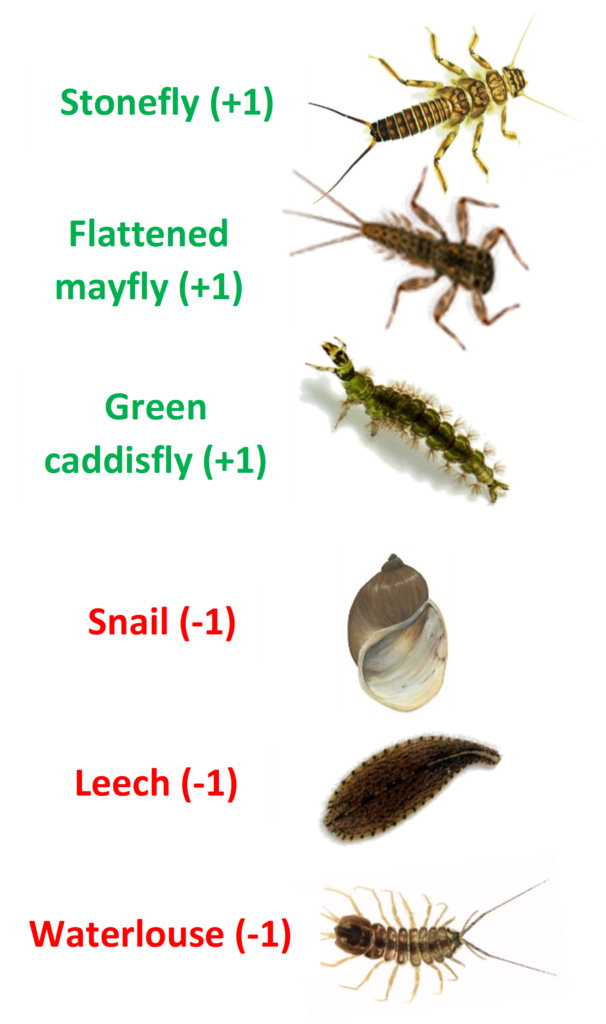
We also had the benefit of Ben Malone’s presence during the morning session. Ben is the local LAWPRO Community Water Officer and he outlined the role of LAWPRO in engaging local communities with their local rivers and lakes and outlined some sources of funding for water-related projects.
There was a good discussion regarding building awareness via e.g. lake swimming and knowing where you drinking water comes from.
Ken finished up the first morning session with an overview of invasive species – both aquatic and riparian plants such as Lagarosiphon (curly-leaved waterweed) or giant hogweed and invertebrates such as zebra mussels plus fish such as chub and dace. The need for biosecurity measures is key to preventing the spread of invasive species and diseases such as crayfish plaque.
On Sunday 18th we kicked off at 9:30 am again with a recap of the various macroinvertebrate types that we had seen the previous afternoon. Then we took a more in-depth look at South Monaghan’s rivers and lakes.
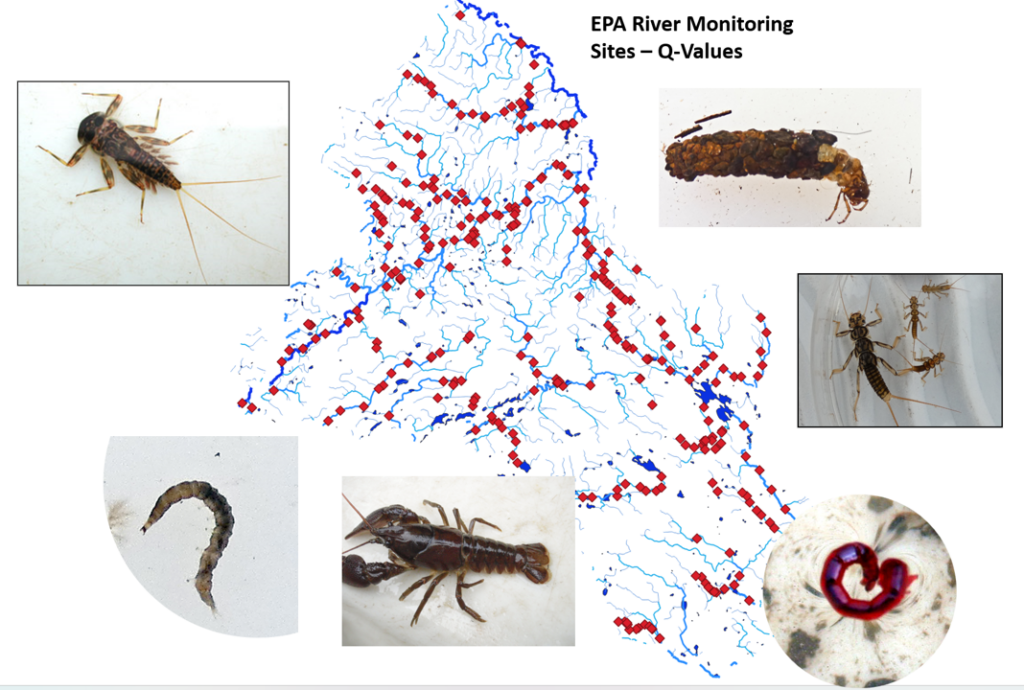
We emphasised the importance the smaller rivers and lakes and the value of citizen scientists using methods such as the CSSI to assess the smaller streams that typically are not included in the official monitoring programmes.
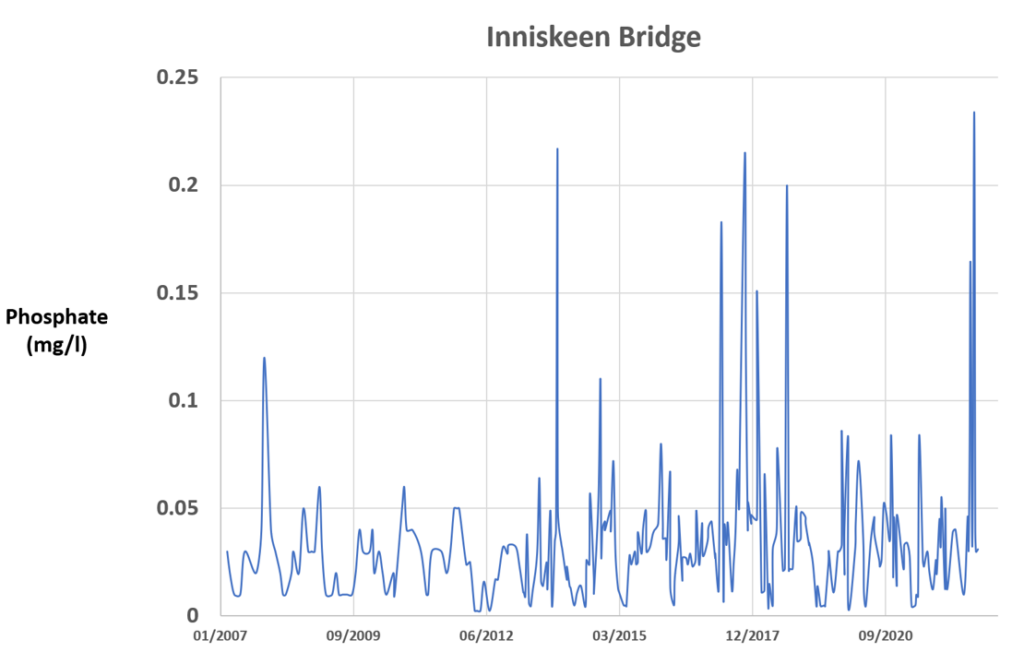
We looked at the current status of rivers and lakes in Monaghan and concluded that they are under significant pressures. The graph above shows some very high phosphate concentrations in June and July of 2022. The nearby large lakes Muckno and Egish are in quite poor condition.
We looked at the local priority action areas (PAAs) under the Water Framework Directive ‘measures’ programme: the Avaghon and Glyde-Proules catchments.
Participants expressed great interest in the many sources of data that are publicly available for Irish waters so we went live to a few sample sources such as waterlevel.ie, catchments.ie, the EPA’s Q-Value results, the Geological Survey’s groundwater data section. We have a separate page that links to a large number of different data sources.
We outlined the various sources of pressure and pollution and broke them down by point source (from a pipe) and diffuse (runoff from land or hard surfaces) as well as by sector – industry, waste-water treatment plants, farming. Gross organic pollution is less common now than it once was but nutrient pollution is still an issue in Monaghan. We briefly discussed other pressures such as pesticides, barriers to fish migration, overheating and droughts due to climate change, radioactivity and acid rain. We omitted microplastics and PFAS (forever chemicals) but will put links to authoritative sources of information on both these on the information page.
Ken dealt with climate change and the link with flooding due to intense rainfall – illustrating it with an example from Mayo following an extreme rainfall event. He finished the session with an outline of drainage pressures on rivers and the need for natural water retention measures (NWRM) in the upper catchments to ‘flatten the curve’ during flood events.
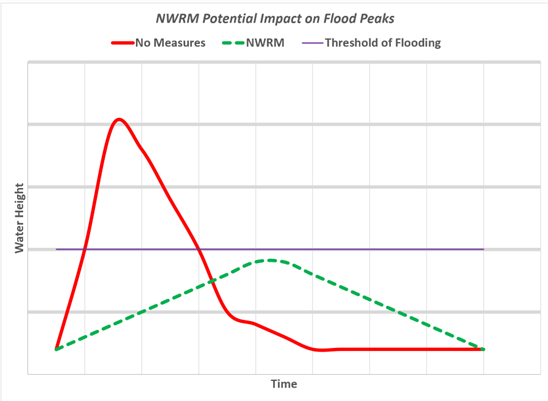
Both sessions were very lively with lots of questions and back and forward. When asked if we should introduce beavers to Ireland, Ken did not think it would be a good idea to have beaver dams on Irish rivers!